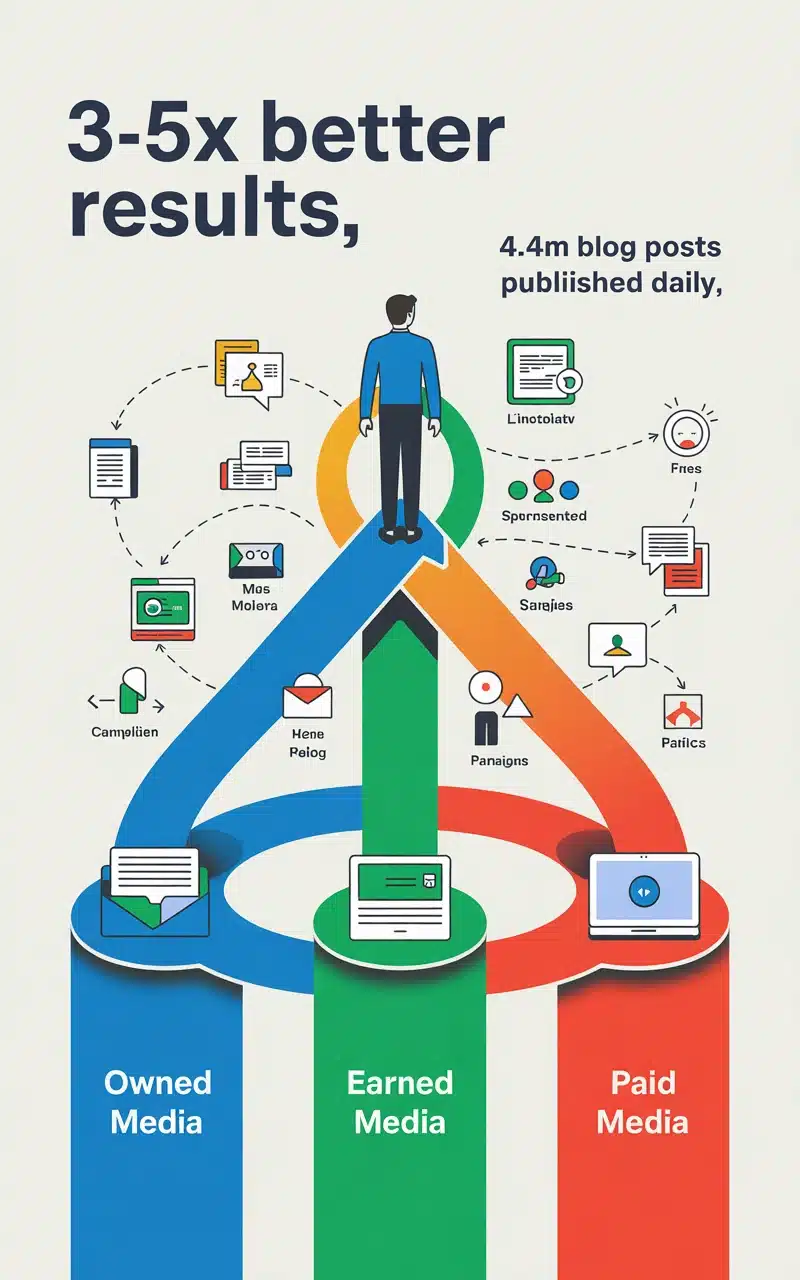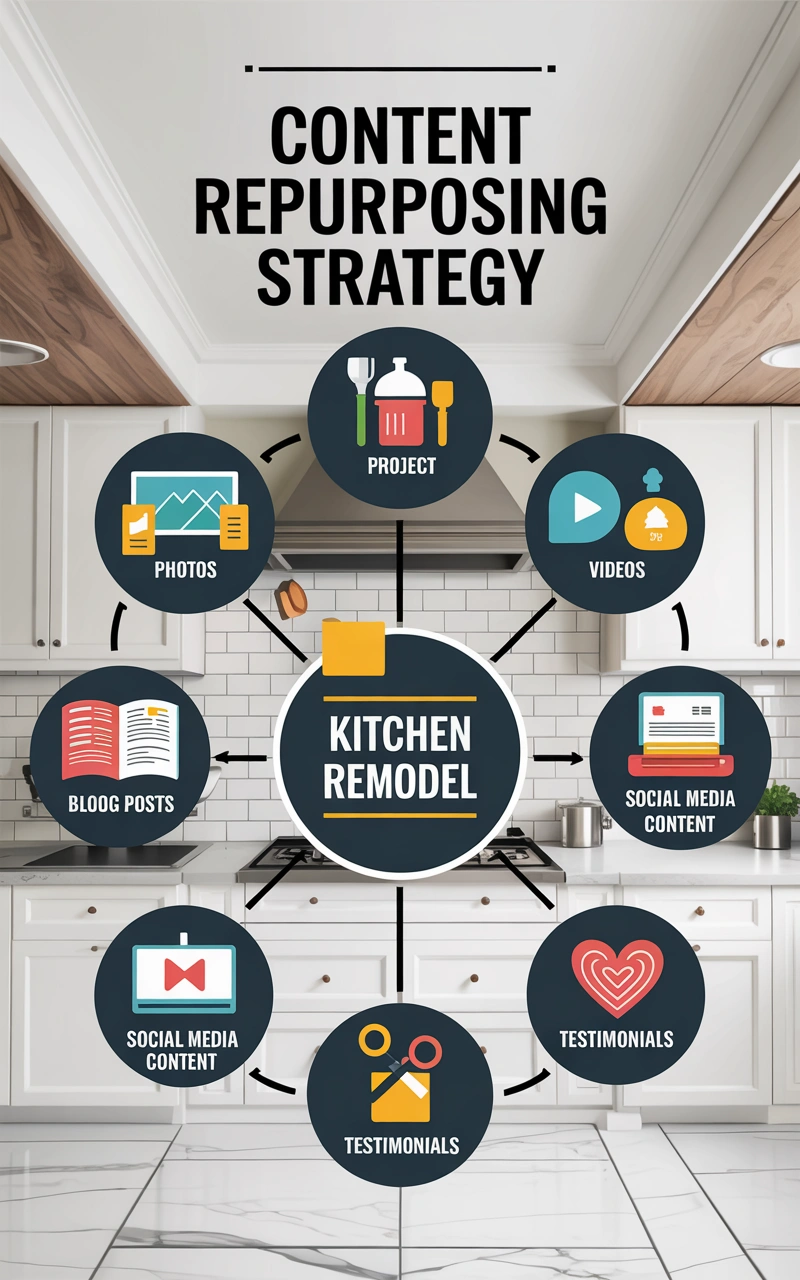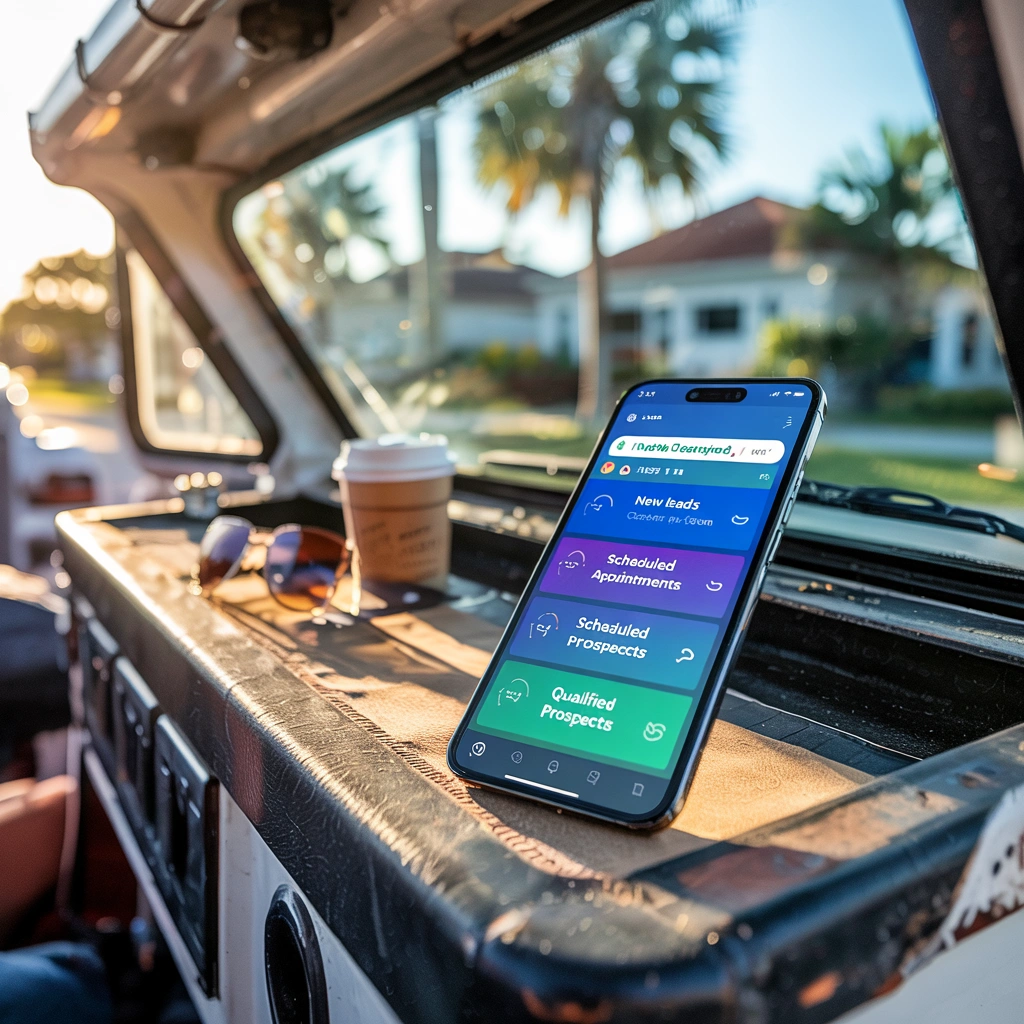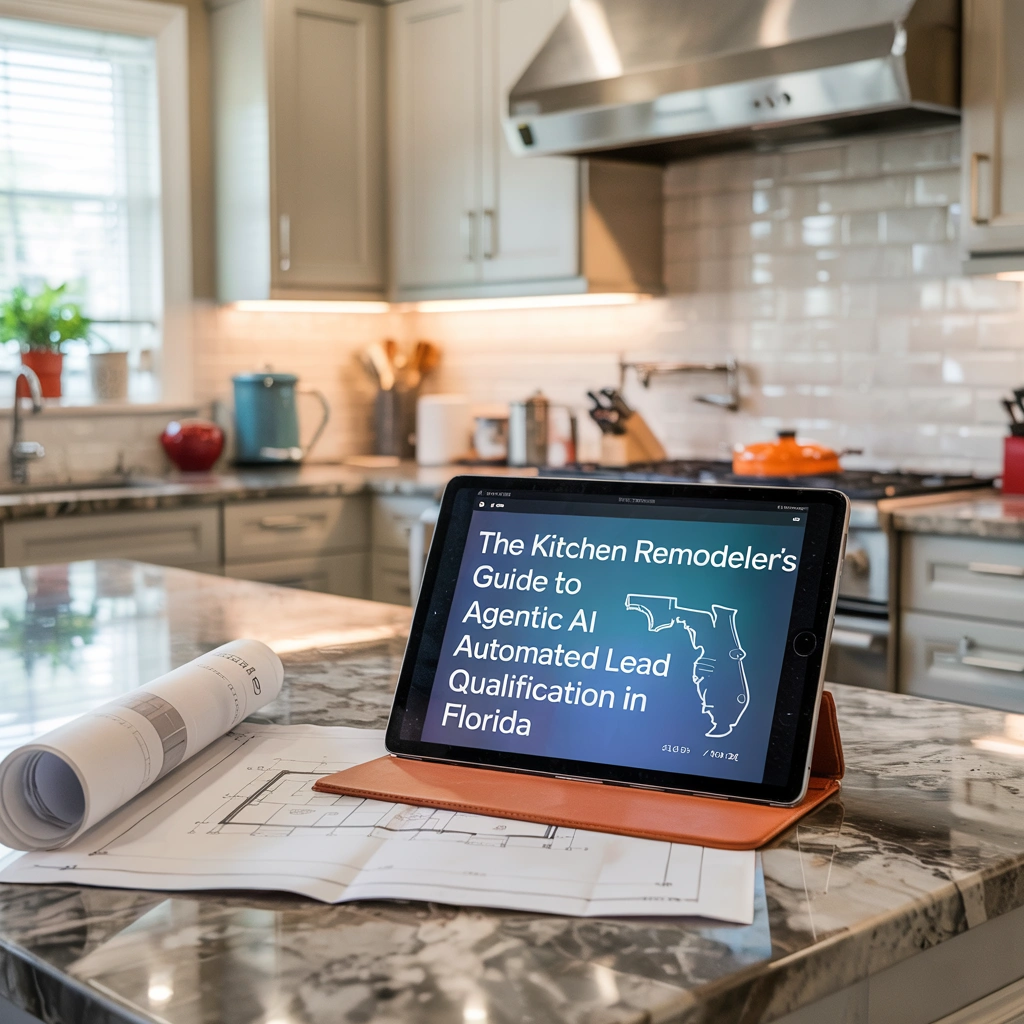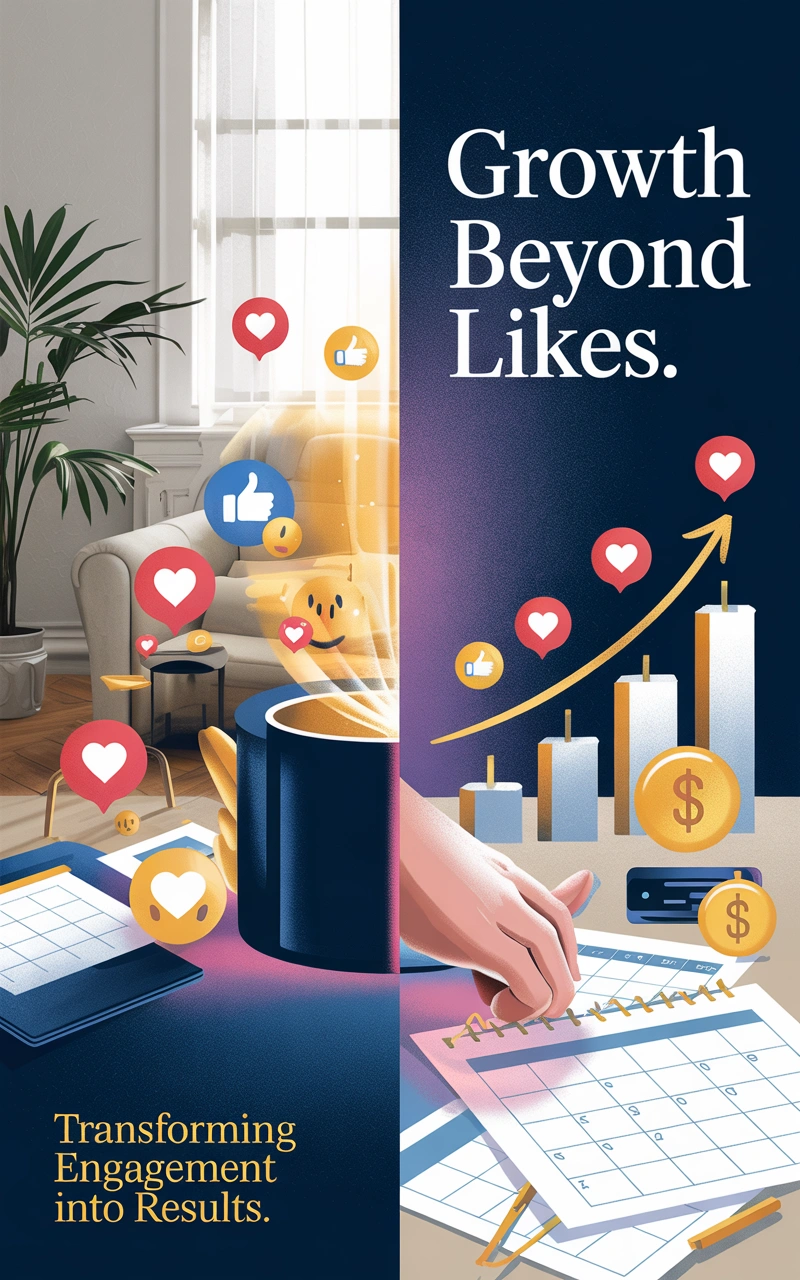
Beyond Beautiful Photos: Measuring the True ROI of Your Interior Design Content
Picture this: You’ve just posted another stunning room transformation. The lighting is perfect, the styling impeccable, the composition magazine-worthy. Your post gets 500 likes, dozens of comments praising your “amazing work,” and your follower count ticks up.
Yet your bank account remains stubbornly unchanged.
If this scenario sounds painfully familiar, you’re not alone. Thousands of talented interior designers are trapped in what I call the “pretty picture paradox” – creating beautiful content that fails to generate actual business results.
Here’s the uncomfortable truth: Your Instagram-worthy photos mean nothing if they’re not driving qualified leads, booking consultations, or securing projects. Today, we’re going to fix that.
The Hidden Cost of Chasing Likes
Before we dive into what works, let’s examine what doesn’t. The average interior designer spends 15-20 hours per week creating and posting content. Break that down:
- Photo shoot preparation: 2-3 hours per project
- Styling and staging: 4-5 hours
- Photography and editing: 3-4 hours
- Writing captions and posting: 2-3 hours
- Responding to comments: 3-5 hours weekly
That’s nearly half a work week dedicated to content creation. At an average interior designer’s hourly rate of $125, you’re investing $2,000-$2,500 worth of time weekly into content.
What return are you seeing on that investment?
Most designers can’t answer that question because they’re tracking the wrong metrics. They celebrate when a post gets 1,000 likes, but can’t tell you how many of those likes translate into consultation requests.
What Moves the Needle in the Interior Design Business
Successful interior design practices focus on five core business drivers:
1. Qualified Lead Generation
Not every inquiry is worth pursuing. A qualified lead has:
- Clear project scope and timeline
- An appropriate budget for your services
- Decision-making authority
- Realistic expectations about the design process
2. Consultation Conversion Rate
This measures how many initial consultations turn into signed contracts. Industry benchmarks suggest a 60-70% conversion rate for properly qualified leads.
3. Project Value Optimization
Rather than chasing volume, focus on securing higher-value projects that align with your expertise and profit margins.
4. Client Retention and Referrals
Your best clients should become repeat customers and active referral sources. Track how many new projects come from existing client relationships.
5. Brand Authority Building
Position yourself as the go-to expert in your niche, commanding premium rates and attracting ideal clients who seek you out specifically.
The 5 KPIs Every Interior Designer Must Track
Stop obsessing over vanity metrics. Start measuring these instead:
KPI #1: Cost Per Lead Acquisition
Formula: Total marketing spend ÷ Number of qualified leads generated
Track this monthly across all marketing channels. Paid advertising might generate leads at $200 each, while referrals cost nothing but your time, nurturing relationships.
Target: Under $500 per qualified lead for most markets
KPI #2: Client Lifetime Value (CLV)
Formula: (Average project value × Number of projects per client × Referrals generated) – Client acquisition cost
Don’t think short-term. A $15,000 first project might lead to three additional projects and five referrals worth $200,000+ in total business.
Target: CLV should be 5-10x your acquisition cost
KPI #3: Consultation to Contract Conversion Rate
Formula: (Signed contracts ÷ Consultations conducted) × 100
This reveals how effectively you’re qualifying leads and presenting your value proposition.
Target: 60-70% for properly qualified leads
KPI #4: Content Engagement to Inquiry Ratio
Formula: Project inquiries ÷ Total content engagement (likes + comments + shares)
This shows how well your content attracts your ideal client demographic.
Target: 1 qualified inquiry per 100-200 engagement actions
KPI #5: Portfolio View to Consultation Booking Rate
Formula: (Consultation requests ÷ Portfolio views) × 100
Track this through your website analytics and booking system.
Target: 2-5% depending on your niche and market positioning
Content That Converts: The PACE Framework
Stop creating content that only impresses other designers. Start using the PACE framework:
P – Problem Identification
Address specific pain points your ideal clients face:
- “Struggling with a dark, cramped kitchen that kills your dinner party mood?”
- “Tired of your living room feeling like a furniture showroom instead of a family gathering space?”
- “Your home office making you less productive instead of inspiring peak performance?”
A – Authority Demonstration
Show your expertise through process, not just results:
- Behind-the-scenes videos of space planning sessions
- Before-and-after transformations with detailed explanations
- Client testimonials focusing on the experience, not just aesthetics
- Educational content about design principles and material selection
C – Clear Value Proposition
Every piece of content should communicate what makes you different:
- Your unique design philosophy
- Specific client types you serve best
- Problems you solve better than anyone else
- Your streamlined process that reduces client stress
E – Easy Next Steps
Always include a clear call-to-action:
- “Send me a DM to schedule your complimentary design discovery call.”
- “Link in bio to download my kitchen renovation planning guide.”
- “Comment ‘CONSULT’ for details about our design process.”
Maximum Impact: Turn One Idea Into Six Revenue Streams
Smart interior designers don’t create content once and move on. They squeeze every drop of value from their best-performing ideas by repurposing them across multiple formats and platforms.
Here’s how to transform a single successful piece of content into six different revenue-generating assets:
The Seed Content Strategy
Start with one high-performing piece of content—perhaps a room transformation that generated multiple consultation requests. This becomes your “seed content” that you’ll multiply across formats.
Example: Your master bedroom makeover for a busy executive couple
Format #1: News Article
Platform: Local business journal or design magazine Angle: “Local Designer Solves Common Professional Couple Challenge” Content Focus:
- The broader trend of professionals struggling with home-life balance
- How thoughtful design improves sleep quality and relationship dynamics
- Statistical data about the bedroom design impact on rest and productivity
- Your expert commentary on the growing demand for wellness-focused interiors
Revenue Potential: Establishes media credibility, attracts high-end corporate clients
Format #2: Blog Post Series
Platform: Your website Angle: “The 5-Step Process to Creating a Stress-Free Master Retreat” Content Focus:
- Detailed breakdown of your design process
- Before/during/after photos with explanations
- Material selection rationale and budget considerations
- Client testimonial and lifestyle impact
- Downloadable planning checklist
Revenue Potential: Drives organic website traffic, generates email subscribers, positions you for premium consultations
Format #3: Video Content
Platform: YouTube, Instagram Reels, TikTok Angle: “30-Second Bedroom Makeover Magic” Content Focus:
- Time-lapse transformation footage
- Quick tips for immediate bedroom improvements
- Behind-the-scenes moments with client reactions
- Split-screen before/after comparisons
- Voiceover explaining key design decisions
Revenue Potential: Viral potential, younger demographic reach, social proof for consultations
Format #4: Infographic
Platform: Pinterest, Instagram, LinkedIn Angle: “The Psychology of Bedroom Design: 7 Elements That Transform Sleep Quality” Content Focus:
- Visual breakdown of design elements and their benefits
- Color psychology charts
- Lighting impact statistics
- Material texture effects on relaxation
- Room layout optimization tips
Revenue Potential: Pinterest drives long-term traffic, positions you as a research-backed expert
Format #5: Slideshow Presentation
Platform: Speaking engagements, webinars, LinkedIn Angle: “Designing for Peak Performance: How Your Bedroom Affects Your Career Success” Content Focus:
- Research on sleep environment and professional performance
- Case study breakdown with metrics
- Interactive elements for audience engagement
- Q&A addressing common objections
- Clear next steps for attendees
Revenue Potential: Speaking fees, high-value client acquisition, authority building
Format #6: Audio Advertisement
Platform: Local radio, podcast sponsorships, Spotify ads Angle: “Is Your Bedroom Sabotaging Your Success?” Content Focus:
- 30-60 second story of client transformation
- Relatable problem statement
- Clear benefit statement
- Strong call-to-action with trackable phone number
- Memorable tagline or jingle
Revenue Potential: Local market penetration, immediate consultation bookings, brand recognition
The Multiplication Strategy in Action
Here’s how one client transformation can generate multiple revenue streams:
Week 1: Publish a detailed blog post with a downloadable guide. Week 2: Create a video transformation reveal for social media. Week 3: Designan infographic highlighting key statistics and tips. Week 4: Pitch news angle to local publications. Month 2: Develop presentation for local business groups. Month 3: Launch targeted audio ad campaign in your market
Each format serves different audiences and consumption preferences while reinforcing your core message and expertise.
Tracking Tools That Work
You don’t need expensive software to measure what matters. Start with these simple systems:
Monthly Revenue Attribution Report
Create a spreadsheet tracking:
- New client source (referral, social media, website, advertising)
- Initial contact date
- Consultation date and outcome
- Contract value and project timeline
- Client satisfaction score (1-10)
Content Performance Dashboard
Track weekly:
- Post reach and engagement rates
- Website traffic from social platforms
- Consultation booking form completions
- Email list growth from content offers
Client Journey Mapping
Document how each client found you and what content influenced their decision. This reveals which content types actually drive business.
Quarterly Business Review
Every 90 days, analyze:
- Which content generated the most qualified leads
- Your highest-converting client acquisition channels
- Changes in average project value
- Client satisfaction and referral rates
Real-World Success Stories
Sarah Chen: From Follower Fatigue to Six-Figure Freedom
Sarah had 45,000 Instagram followers but was barely breaking even. Her problem? She was creating content for other designers, not potential clients.
The shift: Sarah stopped posting perfectly styled rooms and started sharing renovation disasters she’d rescued, client dilemmas she’d solved, and space-planning challenges she’d conquered.
The repurposing breakthrough: Sarah took one major kitchen renovation and turned it into six different content pieces:
- Blog post: “How I Saved This Family $30,000 on Their Kitchen Renovation”
- Video series: Behind-the-scenes renovation process (5 parts)
- Infographic: “Kitchen Renovation Cost Breakdown: Where Your Money Goes”
- Local news feature: “Designer Helps Family Avoid Costly Renovation Mistakes”
- Presentation: Spoke at local home and garden show about renovation planning
- Radio ad: “Avoid Kitchen Renovation Disasters” campaign
Results in 6 months:
- Followers dropped to 32,000 (mostly other designers unfollowed)
- Qualified inquiries increased 340%
- Average project value rose from $8,000 to $25,000
- Revenue increased 180% with 30% less time spent on content
- Content efficiency improved 600%: One project story generated leads for 4 months
Key lesson: Quality of followers matters infinitely more than quantity, and smart repurposing multiplies your content’s impact.
Marcus Rodriguez: Local Domination Strategy
Marcus ignored national social media trends and focused on becoming the premier commercial designer in his mid-sized city.
The strategy:
- Partnered with local business publications for design columns
- Created educational content about workplace productivity and design
- Showcased local business transformations extensively
- Built relationships with commercial real estate agents and general contractors
The repurposing system: Marcus developed a systematic approach to content multiplication:
- Every commercial project became a case study blog post
- Blog posts were turned into presentation slides for business networking events
- Presentations were recorded and posted as educational videos
- Video highlights became social media content throughout the month
- Success metrics were compiled into infographics for LinkedIn
- Client testimonials became audio testimonials for local business radio shows
Results in 12 months:
- Became the go-to designer for 3 major commercial developers
- Average project value: $85,000
- 90% of business comes from referrals and repeat clients
- Waiting list for new projects extending 8 months
- Content ROI increased 400%: Each project story generated an average of 3 additional inquiries
Key lesson: Geographic focus and relationship building trump viral content, and systematic repurposing amplifies local market penetration.
Amanda Park: Niche Authority Success
Amanda specialized in designing for families with special needs children an underserved market she understood personally.
The approach:
- Created educational content about sensory-friendly design
- Partnered with occupational therapists and special needs organizations
- Shared transformation stories (with permission) showing real impact
- Developed signature products for her specific market
The content multiplication method: Amanda maximized every success story:
- Blog posts detailed each family’s unique challenges and solutions
- Video testimonials from families showed emotional transformations
- Infographics explained sensory-friendly design principles
- Medical journal articles established her research-backed expertise
- Conference presentations at autism and special needs events
- Podcast interviews on parenting and disability awareness shows
Results in 18 months:
- Became a nationally recognized expert in her niche
- Speaking engagements at medical conferences
- Product licensing deals worth six figures annually
- Client inquiries from across the country
- Premium pricing 40% above local market rates
- Content leverage ratio of 1:10: One successful project story generated content for 10 different platforms
Key lesson: Deep specialization commands premium pricing and national reach, while strategic repurposing builds unshakeable authority.
Your 90-Day Transformation Plan
Month 1: Foundation Building
Week 1-2: Set Up Tracking Systems
- Create your monthly revenue attribution spreadsheet
- Install Google Analytics on your website with goal tracking
- Set up a simple CRM system (even a Google Sheet works initially)
- Document your current content creation process and time investment
Weeks 3-4: Baseline Assessment
- Calculate your current cost per lead acquisition
- Determine your consultation-to-contract conversion rate
- Analyze your last 20 pieces of content for engagement patterns
- Survey recent clients about their decision-making process
Month 2: Content Strategy Overhaul
Week 5-6: Audience Research Deep Dive
- Interview 5-10 ideal clients about their biggest design challenges
- Research what questions your target market asks on design forums
- Analyze successful content from designers in adjacent markets
- Identify 3-5 core problems you solve better than anyone
Week 7-8: Content Calendar Creation and Repurposing Strategy
- Plan 30 days of problem-focused content using the PACE framework
- Create templates for different content types (transformation reveals, process explanations, client stories)
- Batch create 2 weeks of content to maintain consistency
- Develop 3 lead magnets that address your audience’s top concerns
- Implement the “One-to-Six Strategy”: For every major project completion, plan to create content in all six formats (news article, blog post, video, infographic, slideshow, audio ad)
- Set up a content repurposing calendar that maximizes each success story across multiple platforms
Month 3: Optimization and Scaling
Week 9-10: Performance Analysis
- Compare new content performance to baseline metrics
- Identify which content types generate the most qualified inquiries
- Adjust your content mix based on actual business results
- Optimize your highest-performing content for better reach
Week 11-12: System Refinement
- Streamline your content creation process based on what’s working
- Develop standard operating procedures for client intake and tracking
- Create automated follow-up sequences for different lead sources
- Plan your next quarter’s content strategy based on proven performers
Common Pitfalls to Avoid
The Comparison Trap
Stop measuring your success against other designers’ social media presence. Their highlight reel doesn’t show their business struggles, overhead costs, or profit margins.
The Perfectionism Prison
Good content published consistently beats perfect content published sporadically. Your audience needs helpful information more than they need Instagram-perfect photography.
The Platform Addiction
Don’t build your entire business on someone else’s platform. Social media should drive traffic to your website and email list – assets you control completely.
The Vanity Metric Mirage
Likes, follows, and shares feel good, but don’t pay bills. Stay focused on metrics that directly correlate with revenue generation.
Building Long-Term Business Value
Successful interior designers think beyond individual projects. They build systems that generate consistent, predictable revenue streams:
Client Experience Optimization
Create an exceptional experience that naturally generates referrals and testimonials. Document your process, communicate proactively, and exceed expectations at every touchpoint.
Strategic Partnership Development
Build relationships with complementary professionals: real estate agents, contractors, architects, and home stagers. These partnerships can become your most valuable lead sources.
Thought Leadership Positioning
Establish yourself as an expert through consistent, helpful content. This attracts higher-quality clients who seek you out specifically and are willing to pay premium rates.
Revenue Stream Diversification
Consider additional income sources: design consultations, digital products, online courses, speaking engagements, or product partnerships. This reduces dependence on project-based income alone.
Master the Art of Content Multiplication: The most successful interior designers don’t create content once—they create it once and use it six times. Each major project should become a blog post, video, infographic, potential news story, presentation topic, and promotional campaign. This approach transforms your content creation from expense to investment, generating revenue across multiple channels from a single success story.
The Transformation Starts Now
Beautiful photos are just the beginning. Real business success comes from understanding what drives revenue, measuring the right metrics, and creating content that solves actual problems for your ideal clients.
Your design talent got you this far. Now it’s time to pair that creativity with business intelligence that transforms your passion into a thriving, profitable practice.
Stop counting likes. Start counting clients.
The interior design industry needs what you offer. But first, you need to communicate that value in a way that turns admirers into advocates and followers into clients.
Your journey from content creator to business owner starts with your very next post. Make it count.
Ready to transform your interior design business? Start by implementing one tracking system this week. Choose the metric that matters most to your current business goals and begin measuring it consistently. Small changes in measurement lead to big changes in results.
Your design expertise deserves a business strategy that matches its quality. Now you have the roadmap to build it.
Grow Your Business – Get More Customers – Learn How it Works!
